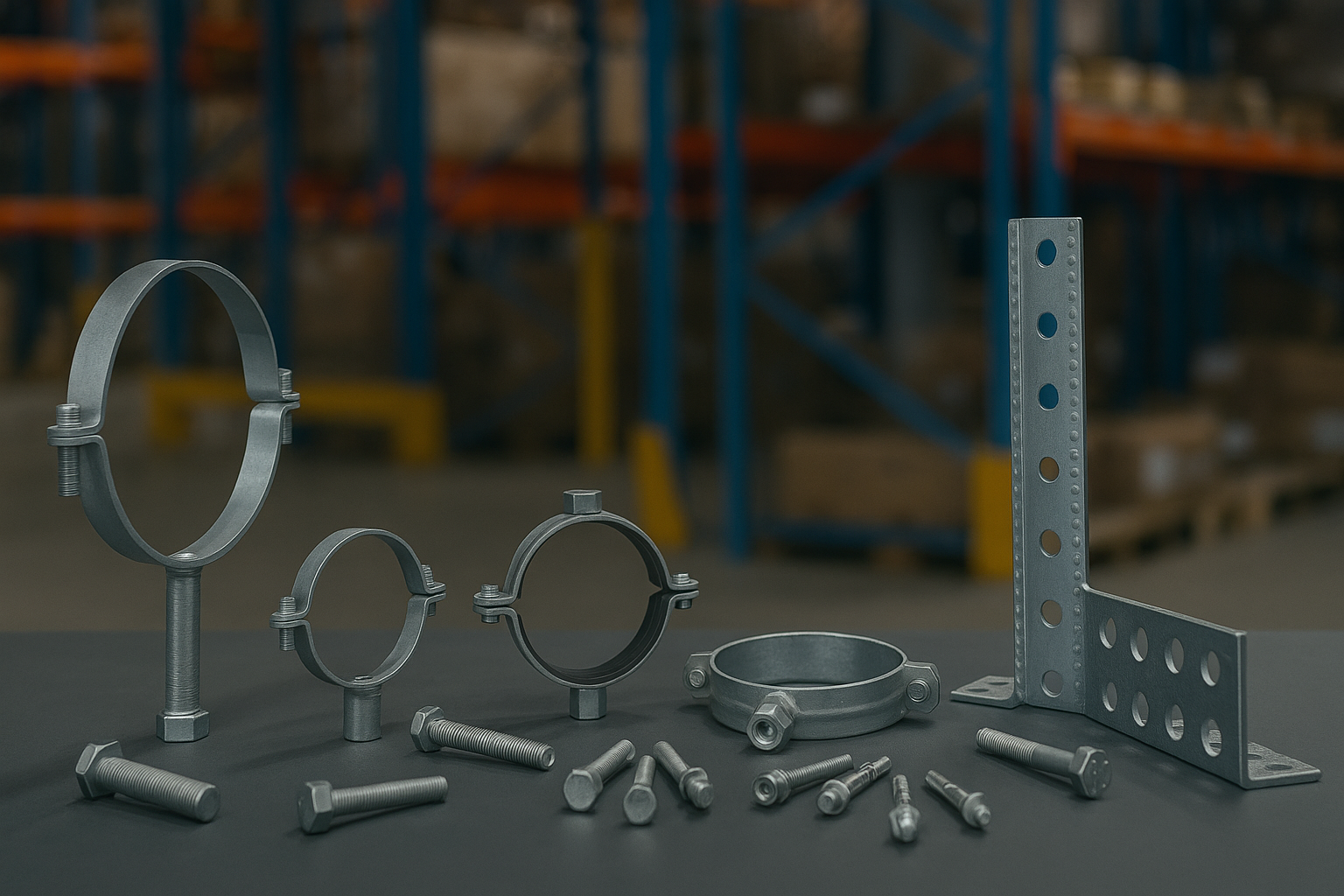Leading Manufacturer of Metal Fabrication Solutions for Industrial, Commercial & OEM Applications
Specializing in Pipe Support Systems, Fasteners, Anchors, HVAC Anti-Vibration Systems, and Customized Metal Fabrication — Delivering Quality, Innovation & Reliability to Power Your Projects
Trusted by Industries Across India for Precision, Compliance, and Timely Delivery
Powering Your Growth
Tembo Global Industries is an industrial powerhouse with a dominant presence in the manufacturing and fabrication of metal products used in Pipe Support Systems, Fasteners, Anchors, HVAC, Anti-Vibration Systems and Equipment for industrial, commercial, utility and OEM installations.
We are a young, agile, and responsive company growing at a meteoric pace by adhering to the highest standards of research, design, engineering, and manufacturing.

Our Diverse Range of Solutions
Fire Fighting Solutions
Fire Fighting Solutions
MEP Solutions
MEP Solutions
HVAC Solutions
HVAC Solutions
Oil & Gas Industries Solutions
Oil & Gas Industries Solutions
Anti-Vibration Solutions
Anti-Vibration Solutions
Fastener Solutions
Fastener Solutions
Solar Mounting Solutions
Solar Mounting Solutions
Anchoring Solutions
Anchoring Solutions
Forged Fittings
Forged Fittings
Flanges
Flanges

Beyond Our Core Solution
We cater to a myriad of industries. We have clients in the Oil & Gas, Steel, Cement, Mining, Textile, Chemicals and Petrochemicals, and Heavy Machinery Manufacturing industries.
Apart from these industries, we also supply U-Bolt, Square Type U-Bolt, High Tensile Bolt & High Tensile Nuts to the Automobile Industry. Our SS U-Bolt, SS Pipe Hanger with EPDM Lining, and SS Hex Bolt Nut and Washer are an integral part of the Food Industry. In the Building Construction and Real Estate industries, we are the proud suppliers of Cantilever Arms, Slotted Channel, Bonded Anchors, Power Tools & Hand Drills. Our Screws, Rawl Plugs, and Nails are scaling new heights in the Façade Industry. We also supply floor drains and shower drains to the drainage industry.
Our
Projects

One Avighna Park at Parel, Mumbai

Alpine at Kandivali East, Mumbai

Central Business District Egypt

Al Thumama Stadium

NWIS ( New Water Injection South - R Project )

Heera Redevelopment Project, Phase III at Offshore India

Vision
Tembo Global aims to enhance its wealth-generating capabilities in a globalized environment by expanding into new geographies and strengthening its global presence. Leveraging its engineering expertise, Tembo Global seeks to establish a high-margin manufacturing business segment to drive sustained profitability and competitive advantage.

Mission
To be a leading industrial powerhouse in premium metal manufacturing and engineering solutions, driven by growth, diversification, and innovation. Tembo Global is committed to customer satisfaction, shareholder value, and achieving global benchmarks.
Latest News

Load Calculation of Supporting System: The Backbone of Structural Safety

FM Approved Support Systems: The Gold Standard in Fire Protection Infrastructure
Corporate Governance
At Tembo Global, corporate governance is at the heart of how we operate and grow. We are committed to maintaining a transparent, ethical, and accountable governance structure that supports responsible leadership and long-term value creation. Guided by a dedicated Board of Directors and robust oversight practices, we ensure compliance with all regulatory standards while fostering a culture of integrity, risk awareness, and stakeholder trust. Our approach enables us to make informed decisions that align with our values and drive sustainable success.
For us, Corporate Governance is not a buzzword but a way of life. The tenets of accountability, transparency, fairness in all transactions, withholding stakeholder aspirations and societal expectations are deeply ingrained in our organisational culture. We are committed to adopting and adhering to globally recognised standards of corporate conduct towards our employees, clients and society at large.
Corporate Social Responsibility (CSR)
At Tembo Global, we believe that true success is measured not just in profits, but in the positive difference we make in people’s lives. As part of our Corporate Social Responsibility (CSR) initiatives, we proudly partner with trusted NGOs dedicated to causes such as education, healthcare, environmental sustainability, community development, disaster relief & rehabilitation, youth & sports development etc
Through our CSR activity, we aim to empower those in need and contribute to a brighter, more inclusive future. Together with our NGO partners, we’re committed to building stronger, healthier communities.
As a socially responsible company, it is our mission to always go beyond just the legalities and make sure to leave a positive impact on society by providing our services in the manufacturing industry. We believe that CSR is a way of conducting business in which corporate entities visibly contribute to the social good. By partaking in projects like empowerment of the villagers for maintenance of facilities, availability of water, family welfare, sponsorship of state sports events in Maharashtra and beyond, we look forward to shaping a better India.

